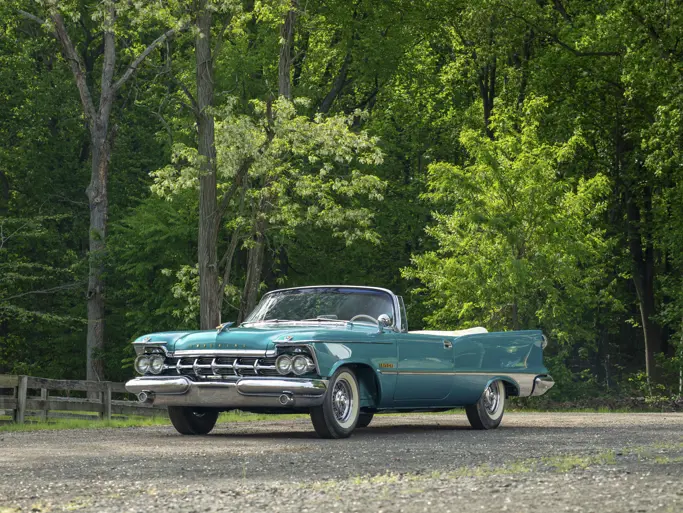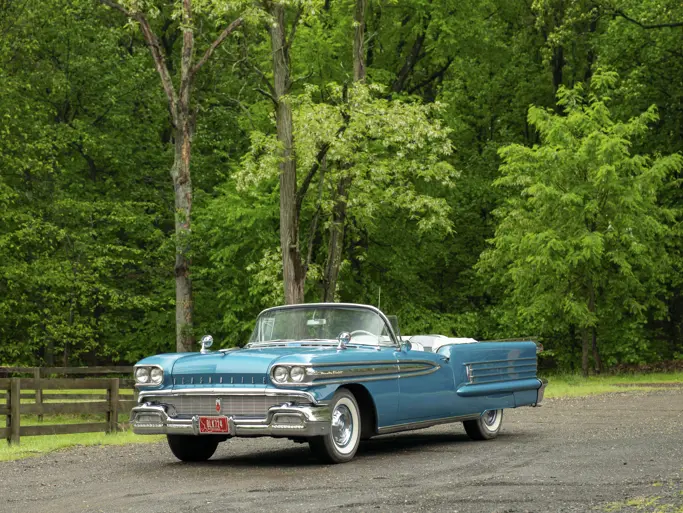1968 Lamborghini 400 GT 2+2 by Touring
{{lr.item.text}}
€459,200 EUR | Sold
{{bidding.lot.reserveStatusFormatted}}
- One of only 247 produced
- A fresh sympathetic restoration by renowned Lamborghini specialists
- A matching-numbers example
- Une des 247 produites
- Restauration récente et sympathique, par des spécialistes Lamborghini reconnus
- Numéros concordants
320 hp, 3,929 cc 60-degree DOHC V-12 engine, five-speed all-synchromesh gearbox, independent front and rear suspension with unequal length wishbones, coil springs, and anti-roll bars, and four-wheel Girling disc brakes with servo-assist. Wheelbase: 2,550 mm
Moteur V-12 à 60°, 3 929 cm3, 320 ch, deux ACT par banc, boîte manuelle cinq rapports, suspension avant et arrière indépendante avec triangles inégaux, ressorts hélicoïdaux et barres antiroulis, freins hydrauliques assistés Girling à disques sur les quatre roues. Empattement: 2 550 mm.
Ferruccio Lamborghini was a hugely successful tractor and air-conditioning manufacturer when, as legend has it, he was spurred by a disagreement with Enzo Ferrari to produce his own GT car in 1963. Being extremely wealthy, resources were not an issue for Lamborghini, who displayed his first prototype, the breath-taking 350 GTV, styled by Carrozzeria Touring of Milan, to the world at Turin in November of that year. The first model offered to the public was the 350 GT, which was adapted from the show-car design by Touring for serial production. It appeared at Geneva in March 1964, wearing a sensational aluminium-alloy superleggera body that was produced by Marazzi. The car was unique when compared to Ferraris and Maseratis of the period, with its distinctive design earning rave reviews, as well as its V-12 performance and superb handling, courtesy of engineer Giotto Bizzarrini (the “father” of the legendary Ferrari 250 GTO). The new model had a fantastic top speed, which was in excess of 150 mph!
Two years later, this car evolved into the 400 GT 2+2, with the addition of vestigial rear seating and subtle styling alterations, all whilst maintaining the same wheelbase. Whilst the style of the 350 GT was preserved, virtually every panel had been revised, with quad headlamps added. The floor pan was lowered, the roof raised, and additional interior room was made possible by reversing the upper and lower control arms in the front of the rear-suspension arrangement. Most importantly, the 3.5-litre V-12 engine was increased to four litres, resulting in an increase in horsepower to a substantial 320. All around suspension was via double wishbones with four-wheel disc brakes, along with a Lamborghini-built five-speed gearbox that was designed by Gian Paolo Dallara, which replaced the earlier ZF-derived unit and was considered to be superior by aficionados.
Only 247 Lamborghini 400 GTs were manufactured between 1966 and 1968, and according to the Lamborghini Registry, the car offered here was the 202nd produced. It left the production line on 29 August 1967 and was delivered on 2 October to Socaria in Belgium. The 400 GT was recently subjected to a thorough yet sympathetic restoration, which was performed by German marque specialists Kremer. The work included a full engine-out rebuild, a rebuild of the suspension, a thorough detailing of the chassis, and a refinish of the body in a beautiful silver with a stunning touch of light green, as well as having the Borranis polished and balanced. The door gaps and detailing are superb. The original Tobacco leather, as specified by the tasteful original owner, was in very impressive condition, and so it remains in the automobile to this day, whilst the matching carpets have been renewed with correct wool.
With recent invoices on file totalling roughly €70,000, the Lamborghini is now presented in spectacular condition, it is reported to run strongly and flawlessly, and it would be a worthy addition to any stable of “Fighting Bulls”.
Ferruccio Lamborghini était un industriel prospère produisant des tracteurs et des systèmes d'air conditionné quand, comme le raconte la légende, un désaccord avec Enzo Ferrari l'incitait à produire sa propre voiture de sport. Étant extrêmement aisé, les ressources ne posaient pas de problème à Lamborghini qui exposait son premier prototype, une 350 GTV de toute beauté dessinée par la Carrozzeria Touring, de Milan, au Salon de Turin au mois de novembre 1963. Le premier modèle commercialisé était la 350 GT, adaptée du show car par Touring pour une production en série. Cette voiture était dévoilée en mars 1964 au Salon de Genève, portant sa superbe carrosserie superleggera en aluminium, fabriquée par Marazzi. La voiture était très originale, comparée aux Ferrari et Maserati de cette époque, avec un style très particulier qui lui valait d'élogieux articles, de même que ses performances élevées permises par son V-12, et son excellent comportement sur route, grâce à l'ingénieur Giotto Bizzarrini (le « père » de la Ferrari 250 GTO). Le nouveau modèle atteignait une vitesse de pointe particulièrement élevée de 240 km/h !
Deux ans plus tard, cette voiture évoluait en 400 GT 2+2 avec l'ajout de deux petits sièges arrière et de subtiles modifications, tout en conservant le même empattement. Le style de la 350 GT était préservé, mais pratiquement tous les panneaux de carrosserie étaient modifiés et l'avant s'enrichissait de quatre phares. Le plancher était abaissé, le toit surélevé et la suspension arrière était modifiée, de façon à gagner de la place à l'intérieur de l'habitacle. Plus important, le moteur V-12 de 3,5 litres passait à 4 litres, ce qui se traduisait par une augmentation significative de la puissance, qui passait à 320 ch. La suspension comportait des doubles triangles et les freins étaient à disques, la transmission étant confiée à une boîte cinq rapports conçue pour Lamborghini par Gian Paolo Dallara et qui remplaçait la transmission ZF précédente, jugée moins bonne par les aficionados.
Seules 247 Lamborghini 400 GT ont été produites entre 1966 et 1968 et, d'après le Lamborghini Registry, la voiture proposée ici est la 202e fabriquée. Après avoir quitté la ligne d'assemblage le 29 août 1967, elle a été livrée le 2 octobre à Socaria, en Belgique. Cette 400 GT a fait récemment l'objet d'une complète et sympathique restauration, réalisée par Kremer, le spécialiste allemand de la marque. Les travaux ont inclus une remise en état moteur déposé, une reconstruction de la suspension, une remise en état du châssis et une finition de la carrosserie dans un gris magnifique avec un légère touche de vert. Les jantes Borrani ont été par ailleurs polies et équilibrées. L'ajustement des portes est excellent, de même que la présentation. Le cuir tabac d'origine, commandé ainsi par le premier propriétaire, est encore aujourd'hui dans un superbe état, alors que les moquettes assorties ont été refaites avec la laine correcte.
Avec des factures récentes totalisant environ 70 000 €, cette Lamborghini se présente maintenant dans un état spectaculaire. Il est indiqué qu'elle fonctionne encore avec puissance et sans défauts, et elle constituera un ajout de qualité à toute collection de « Taureaux de Combat ».

 | Monte Carlo, Monaco
| Monte Carlo, Monaco


